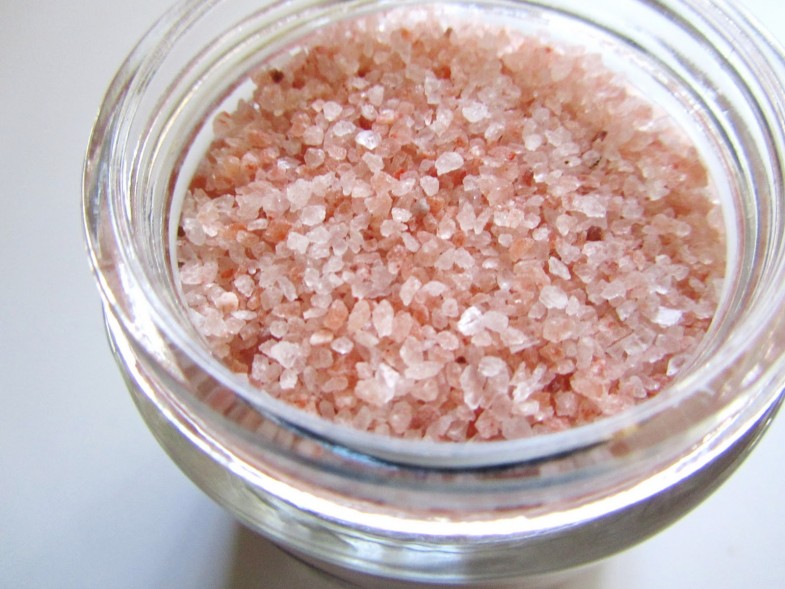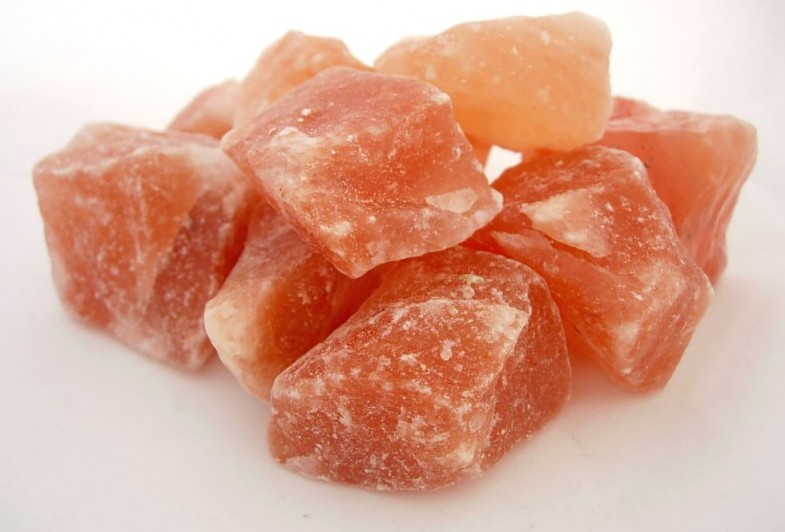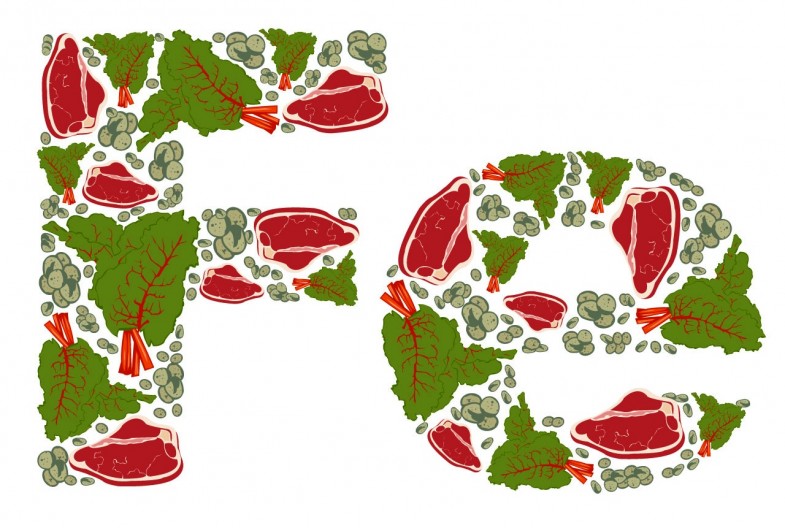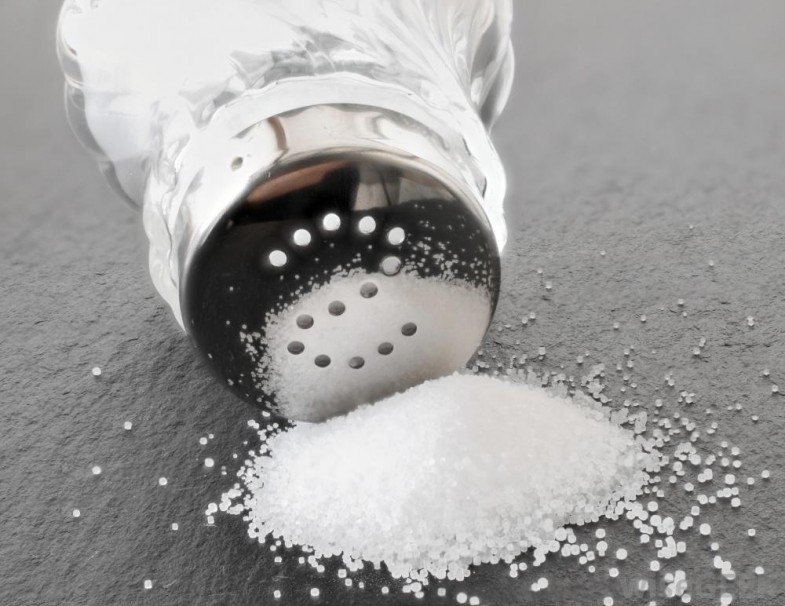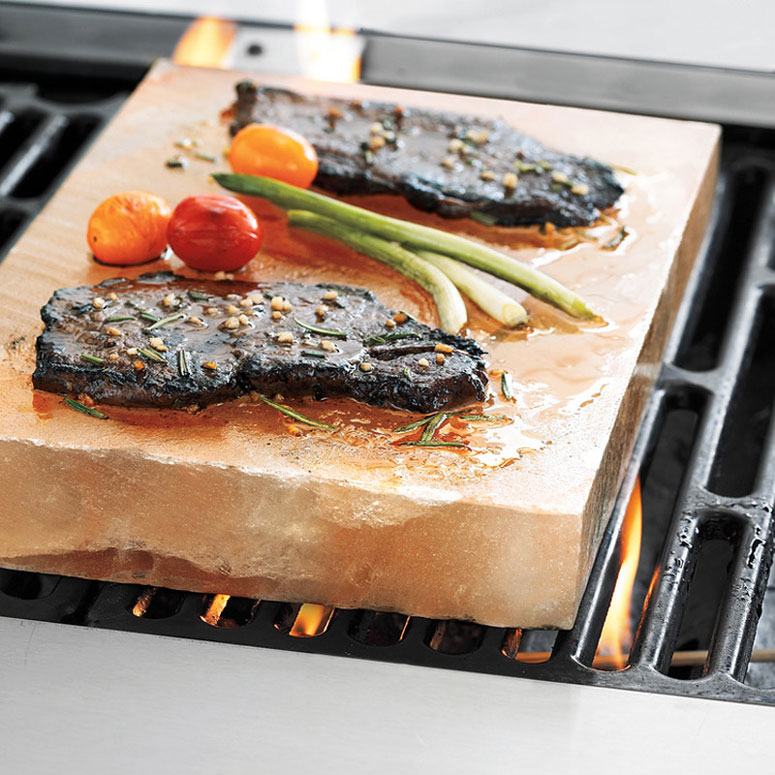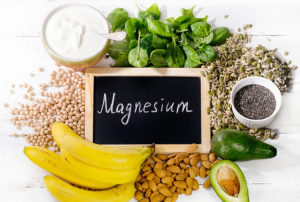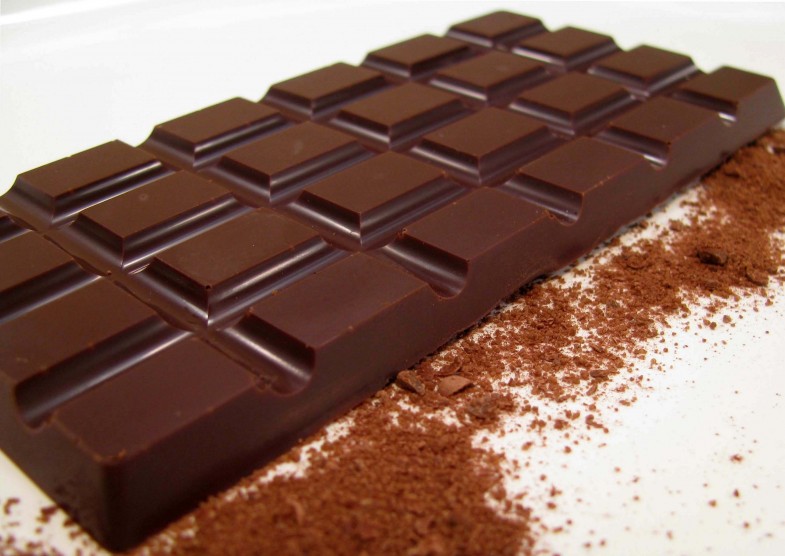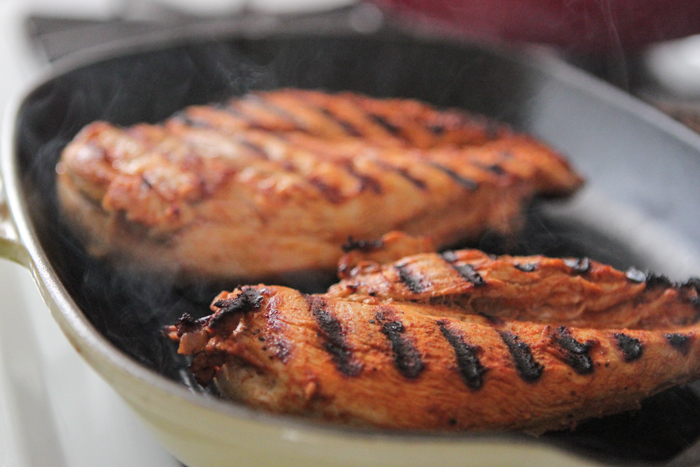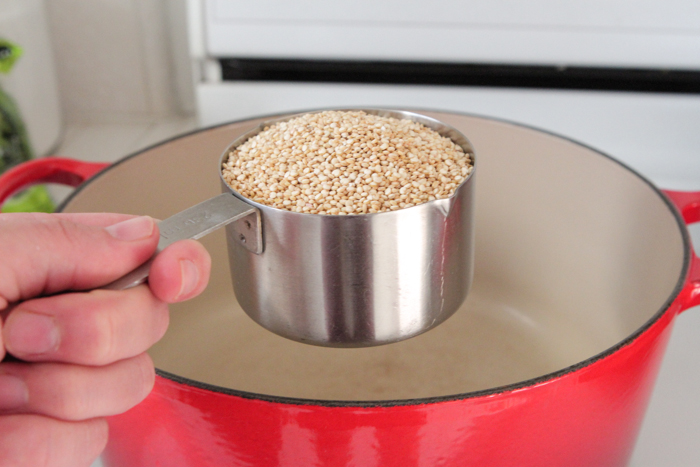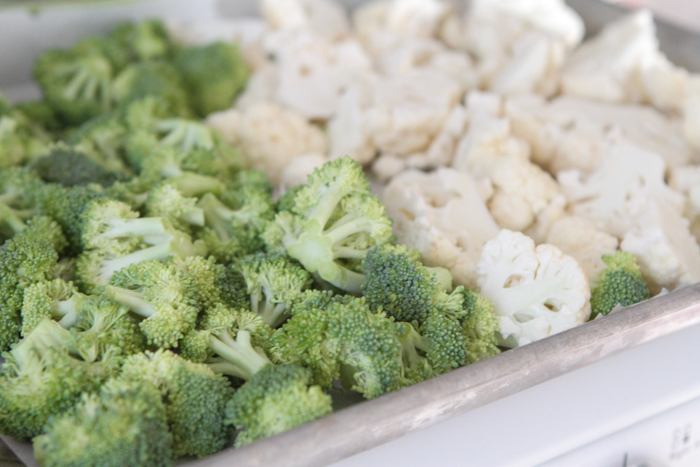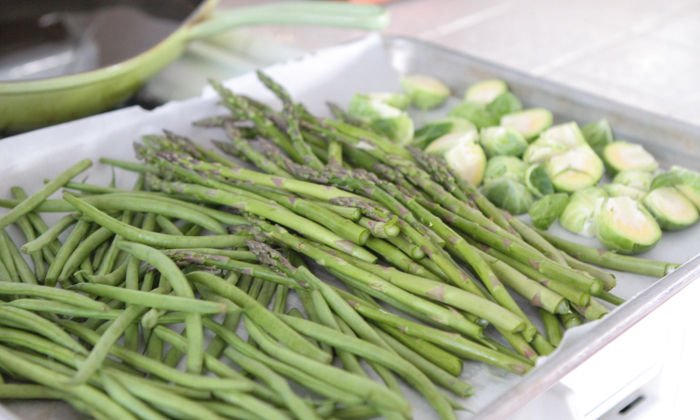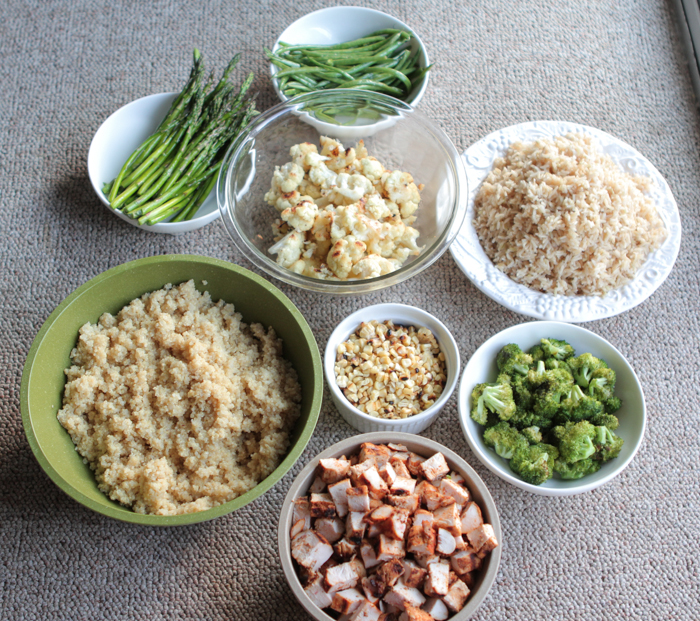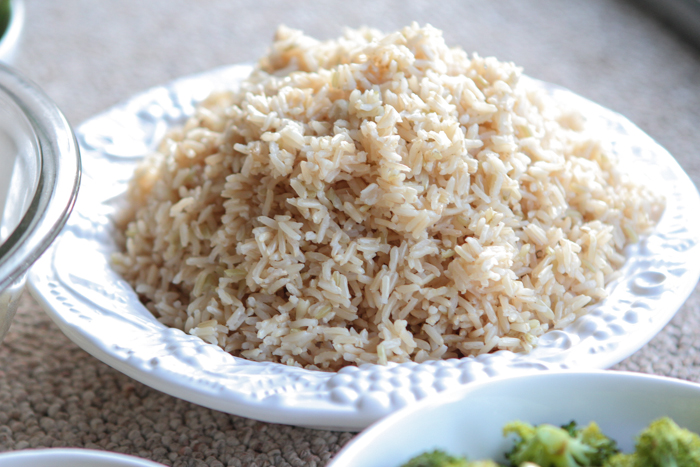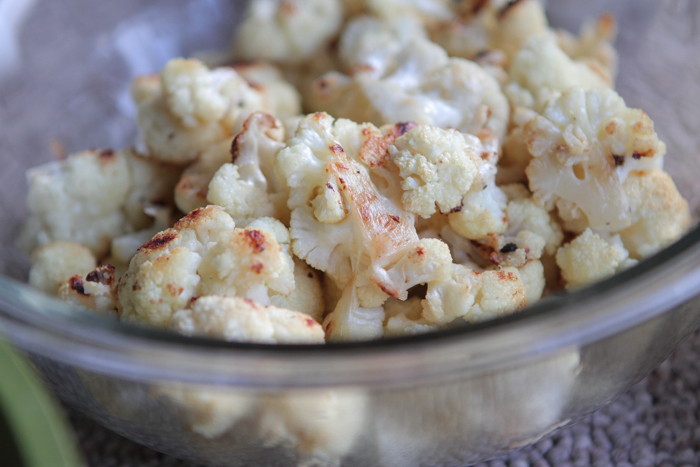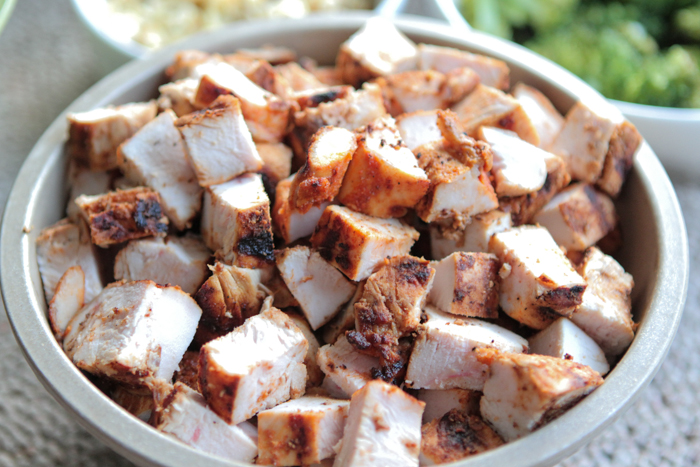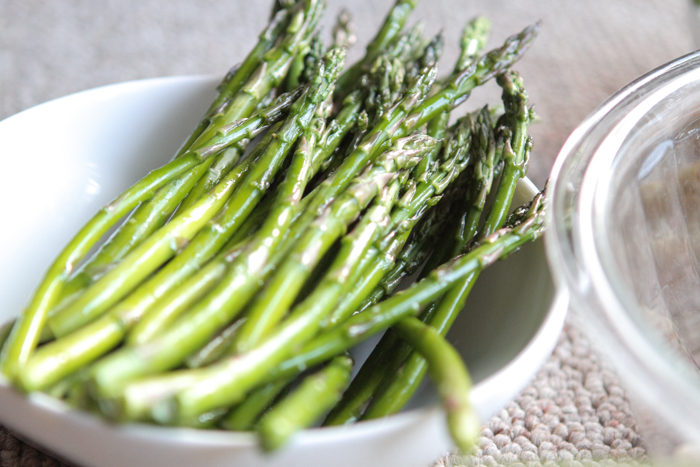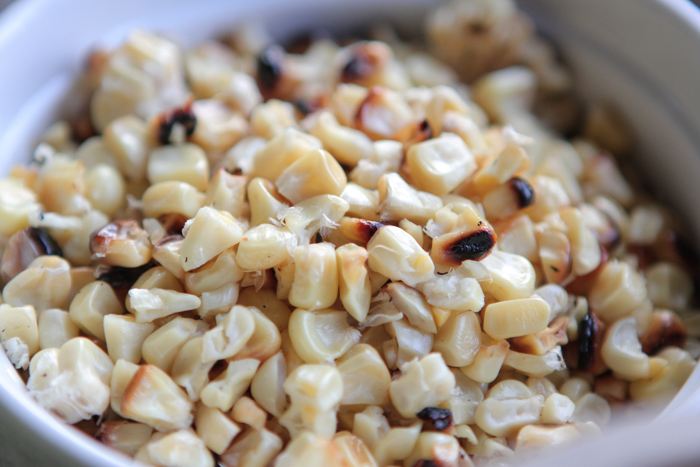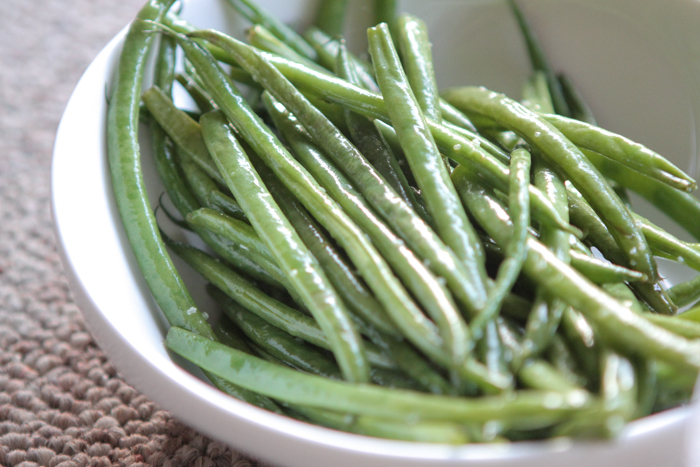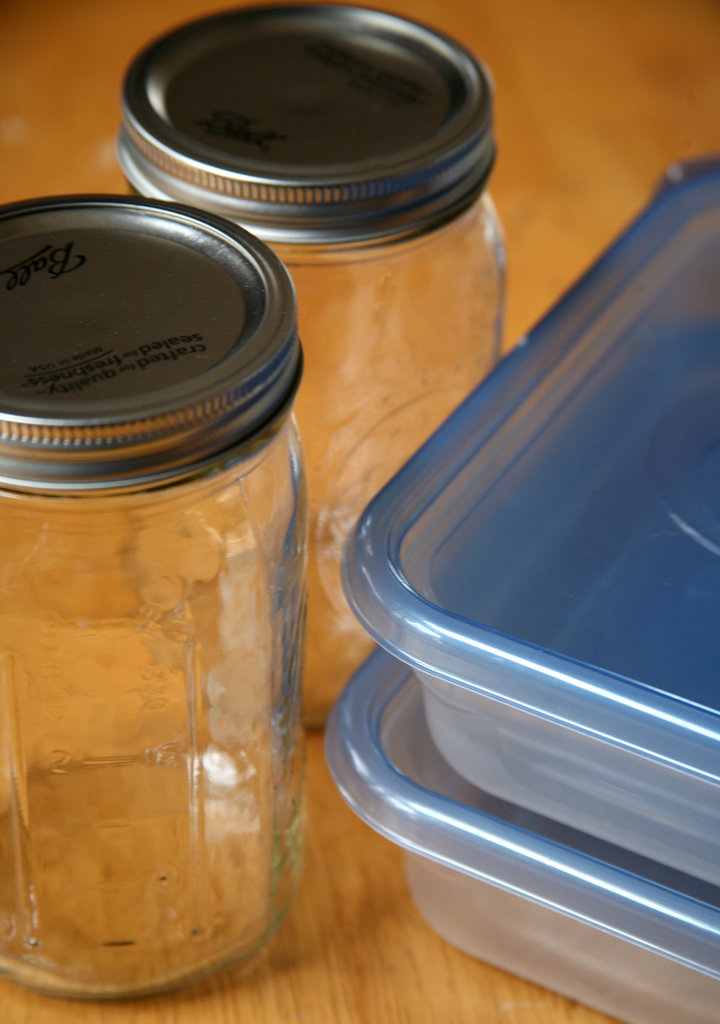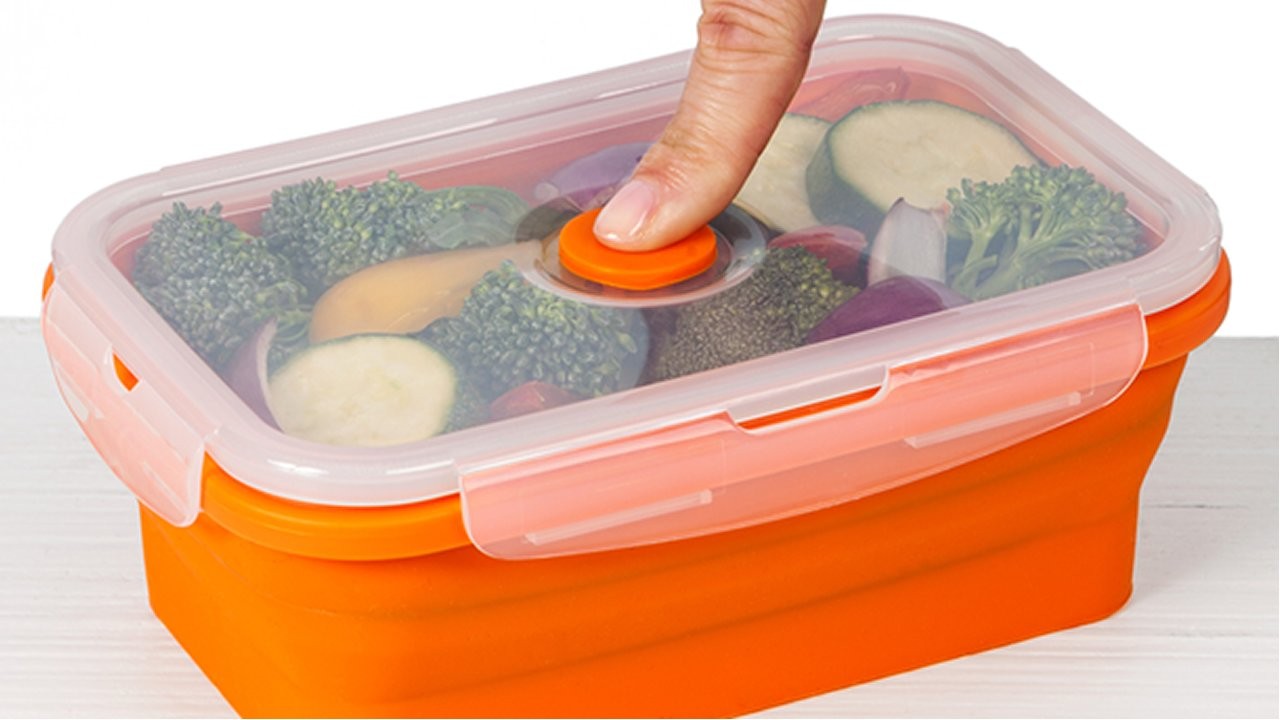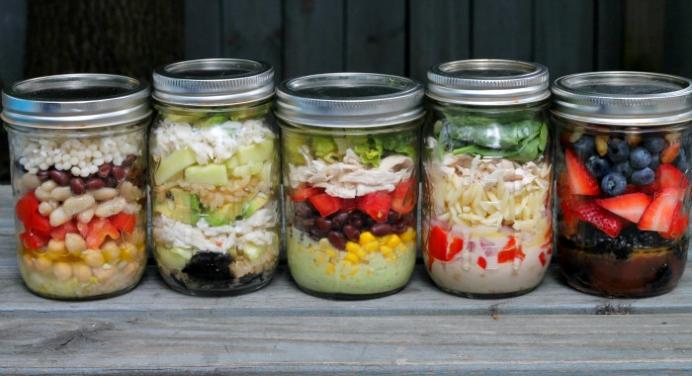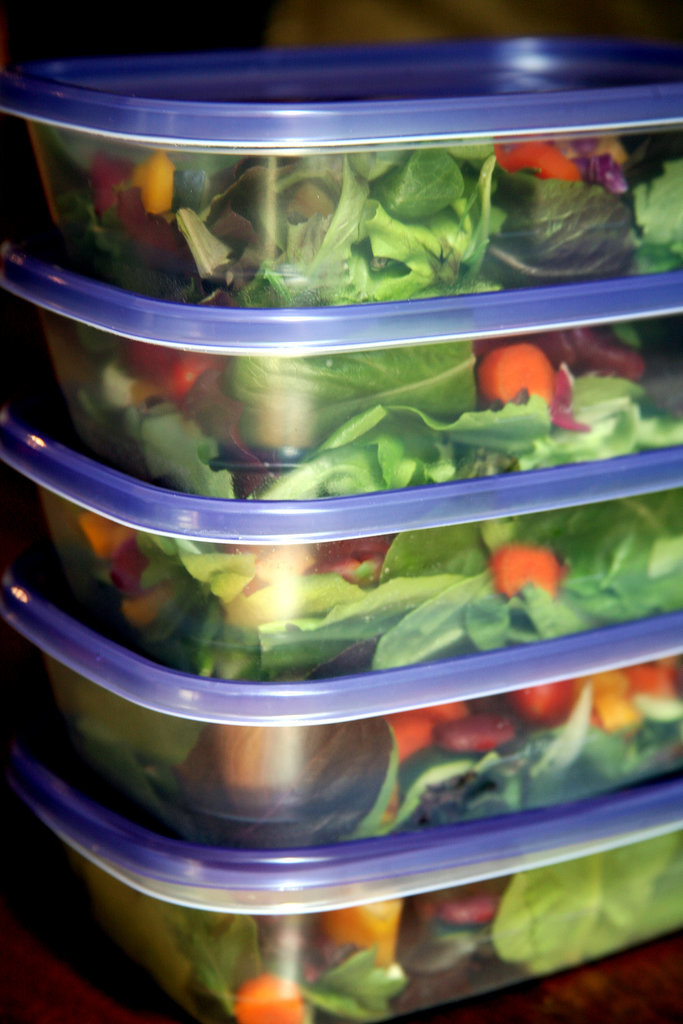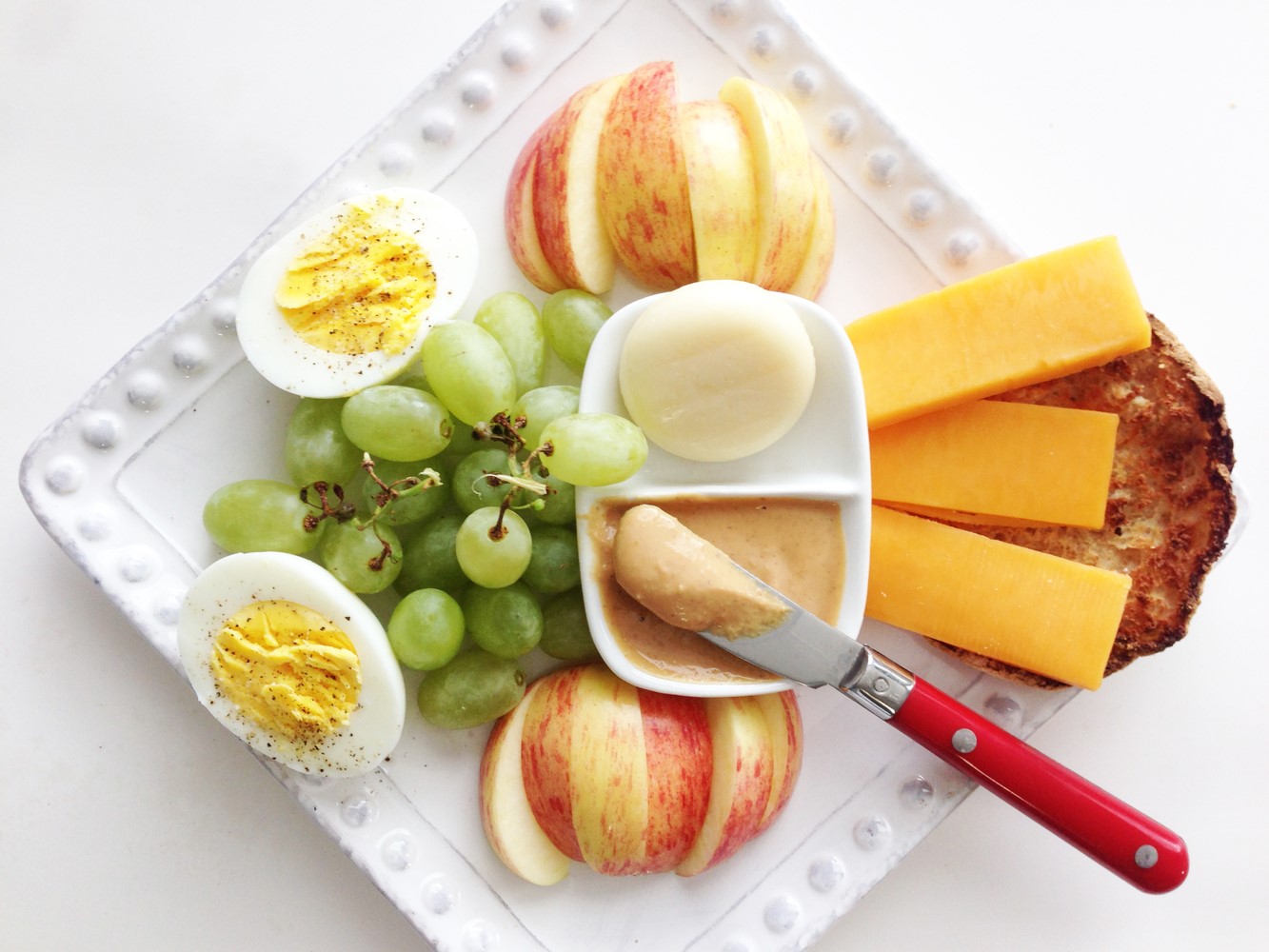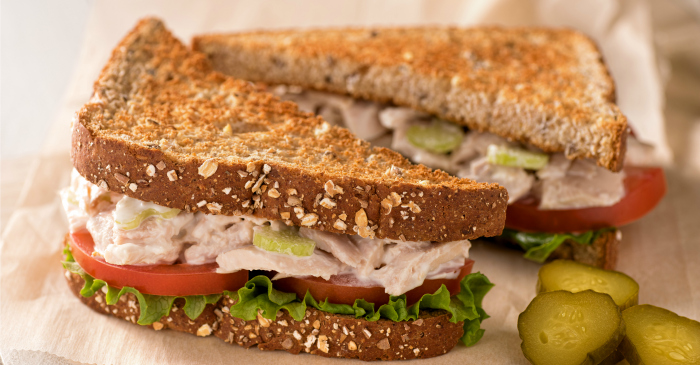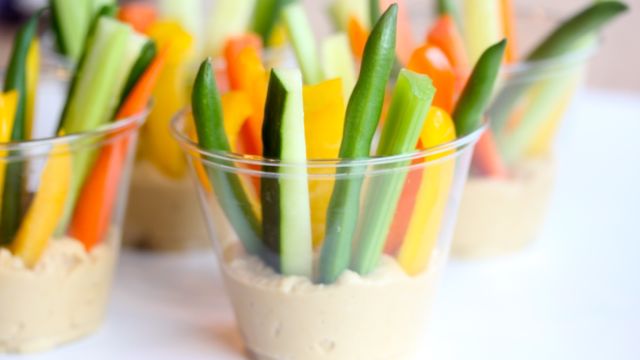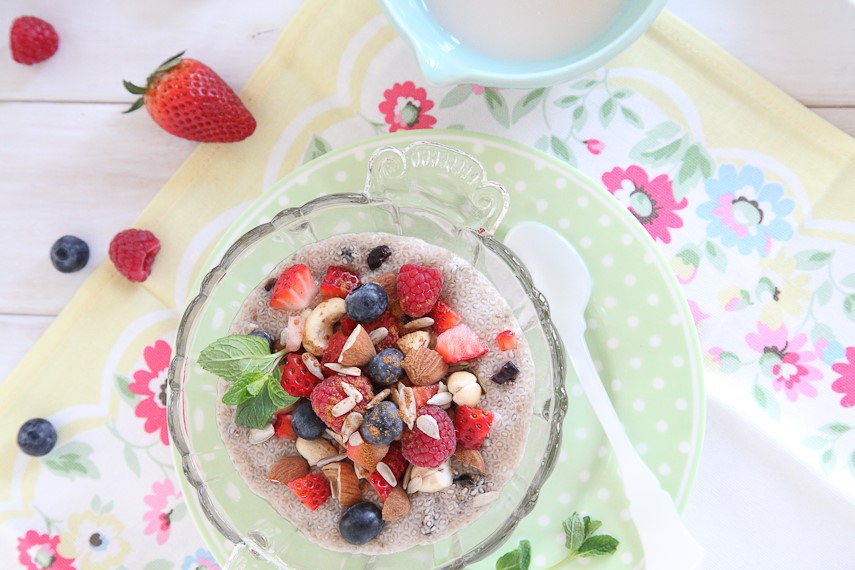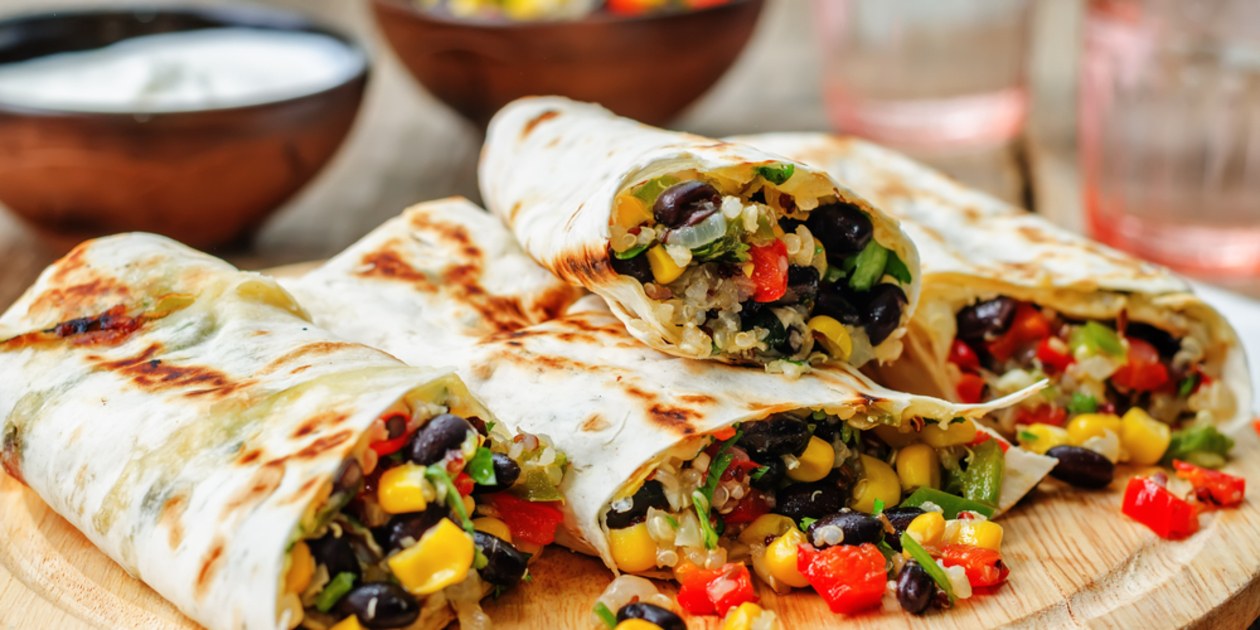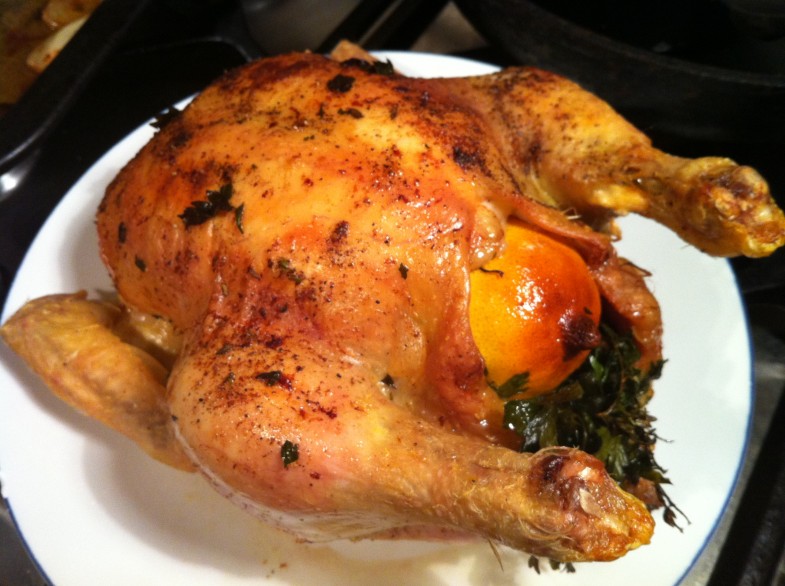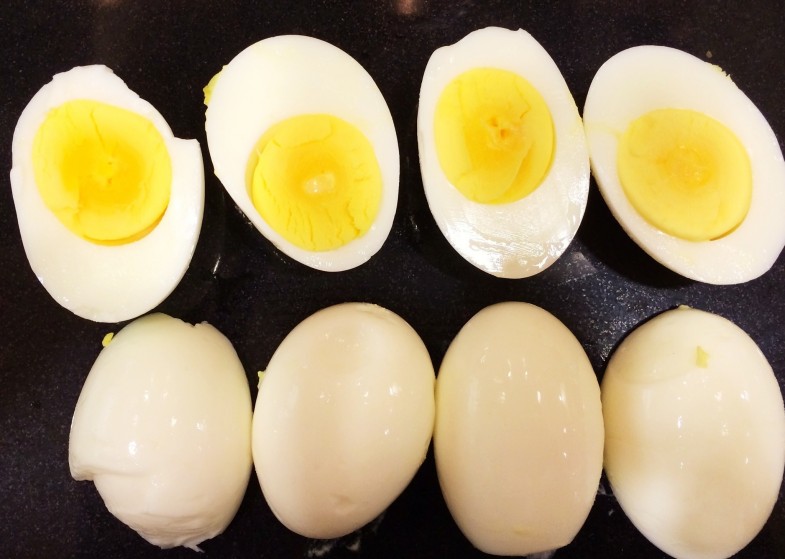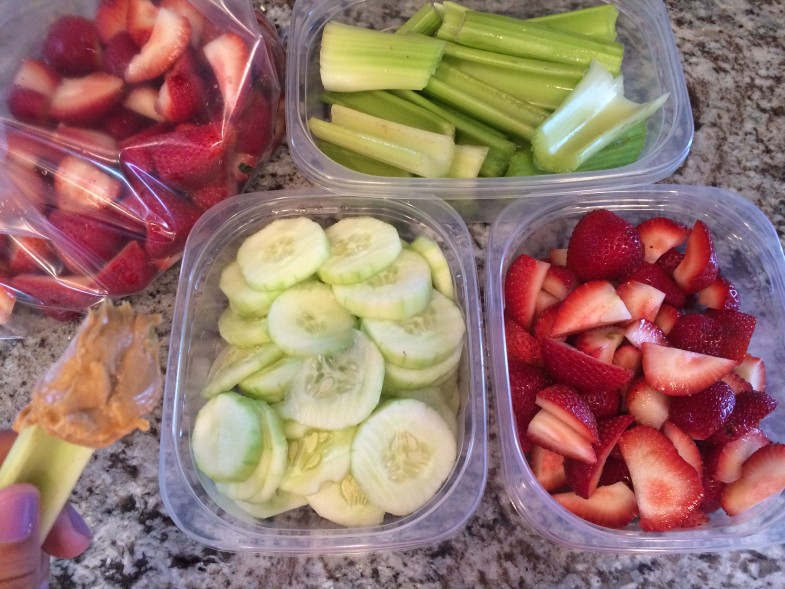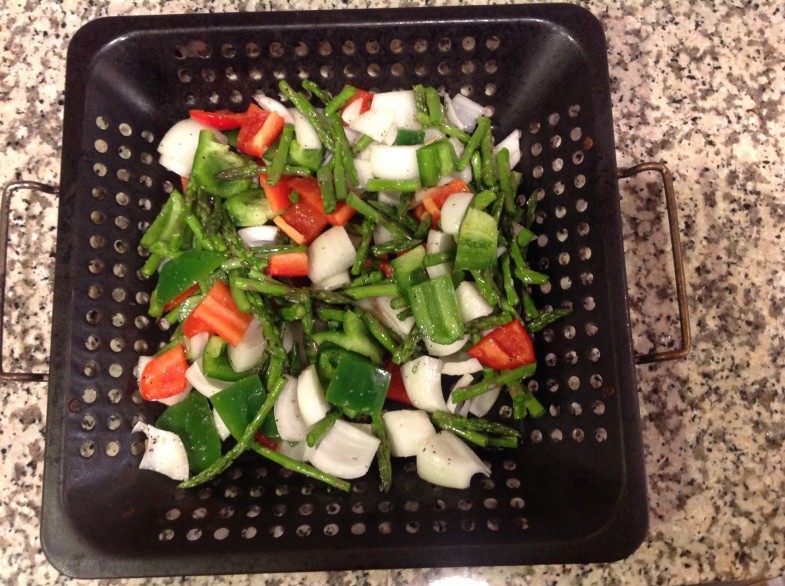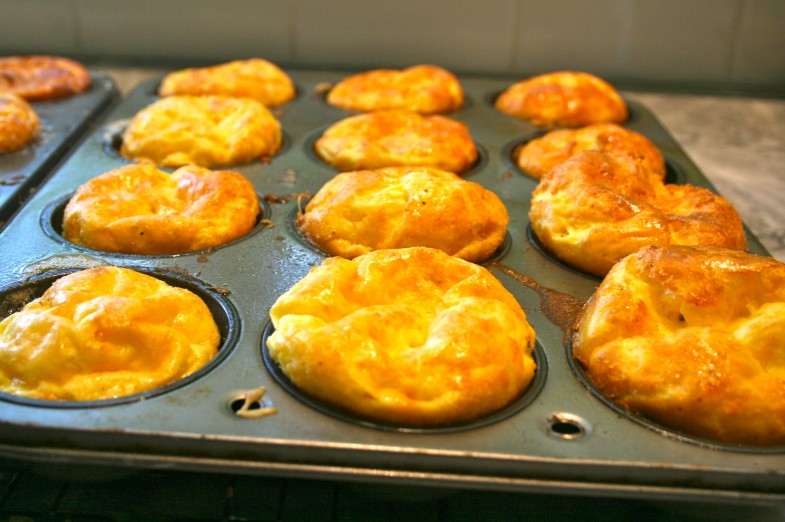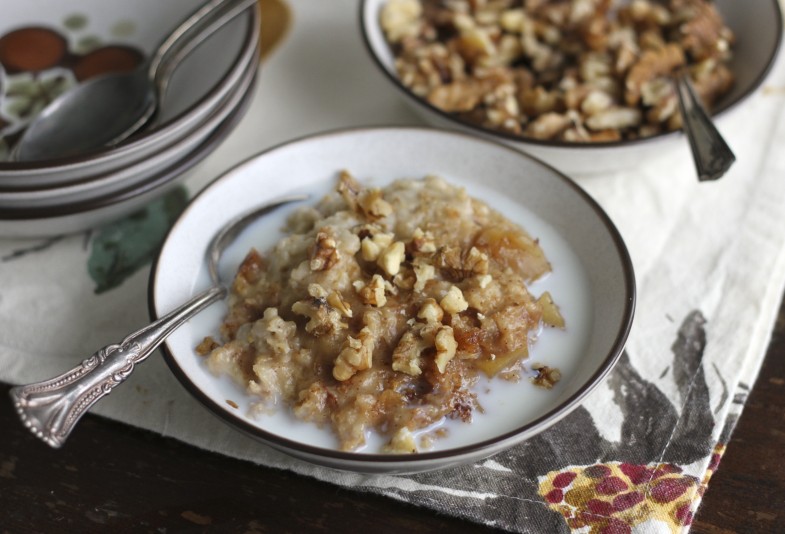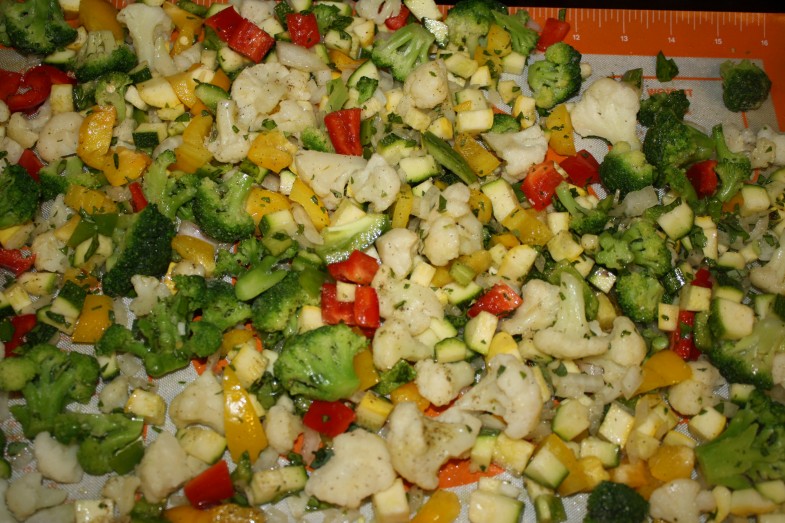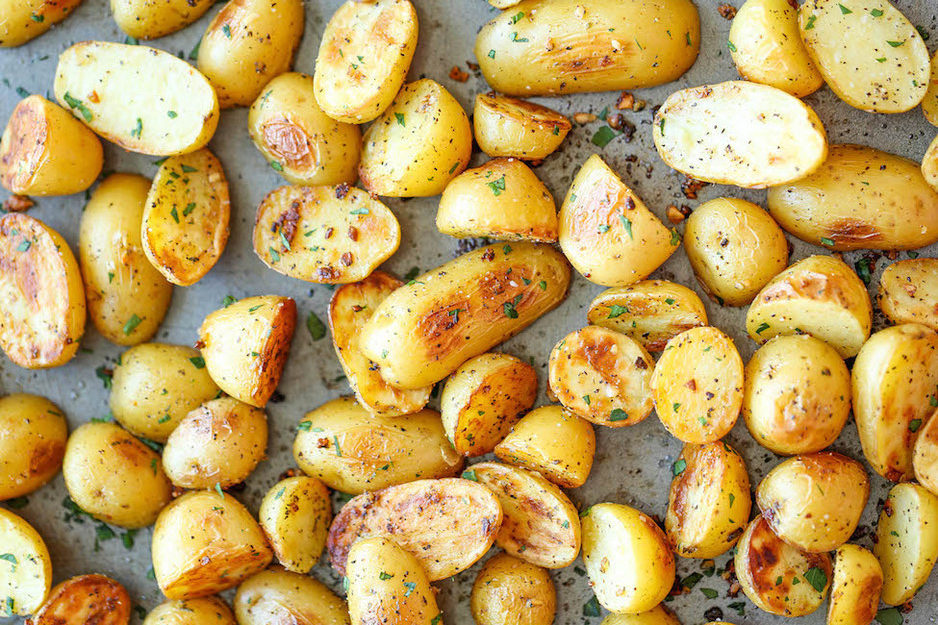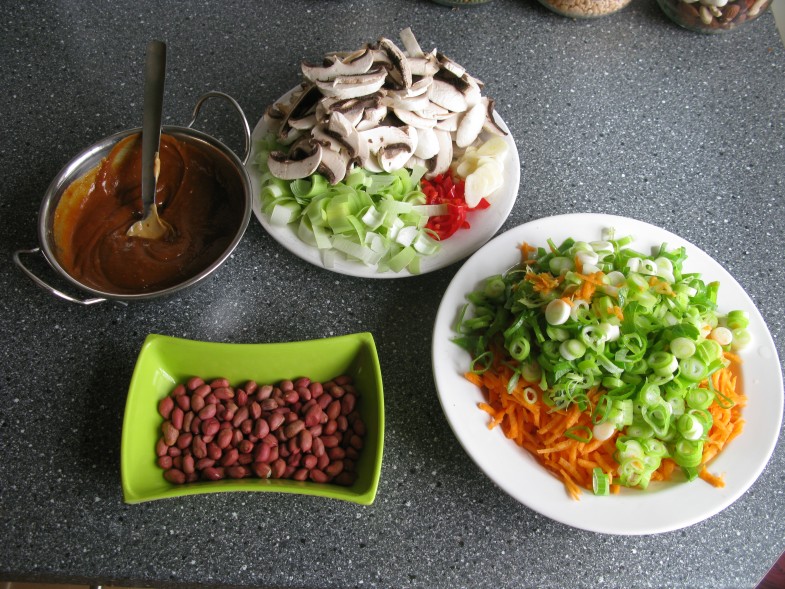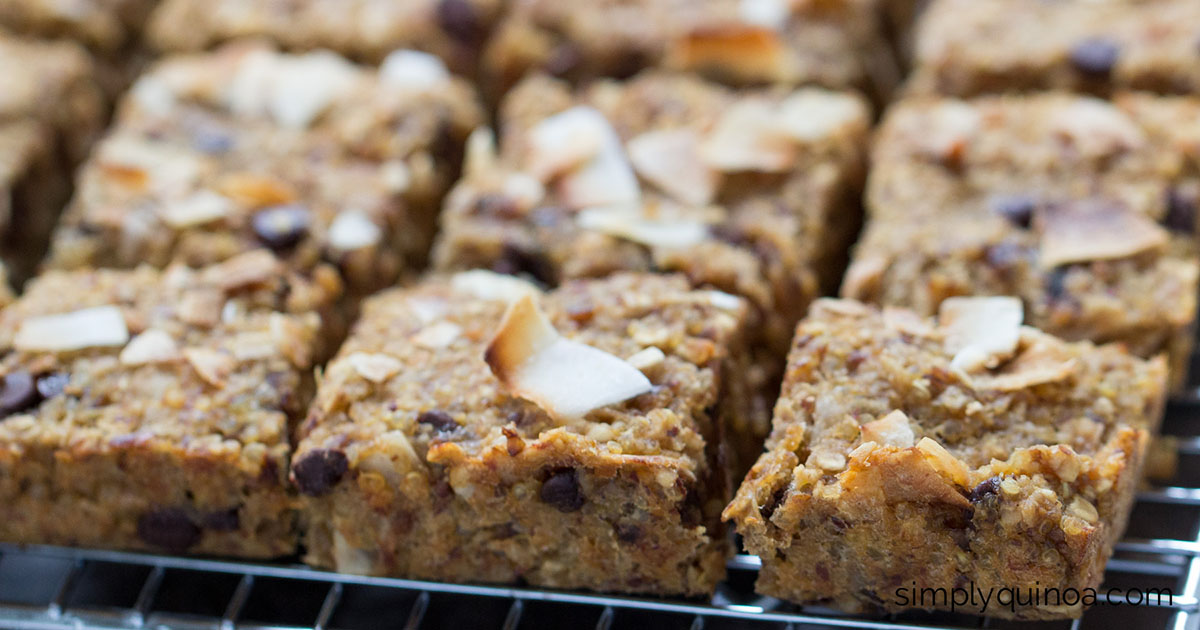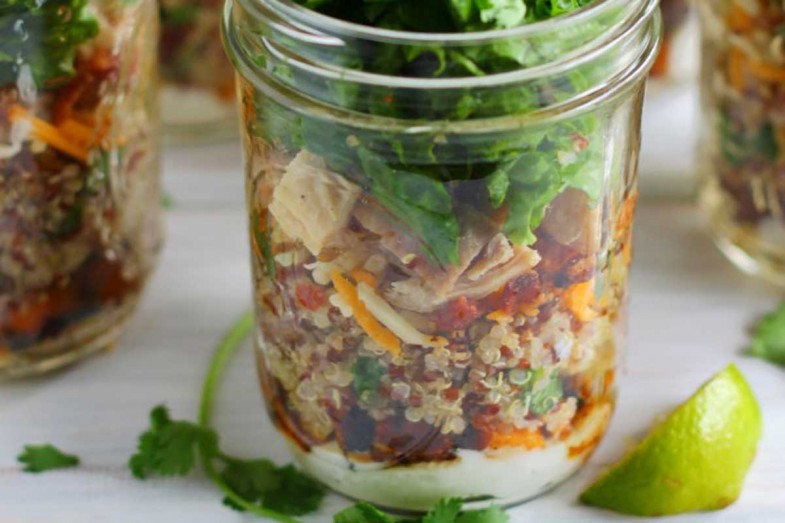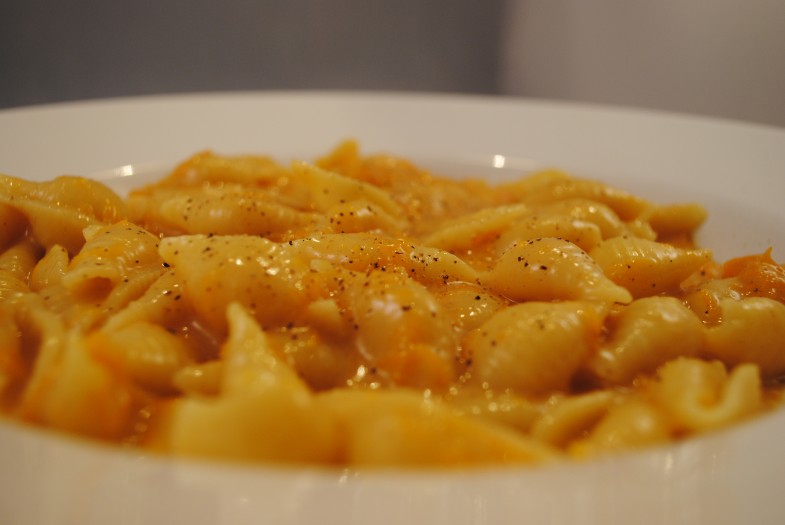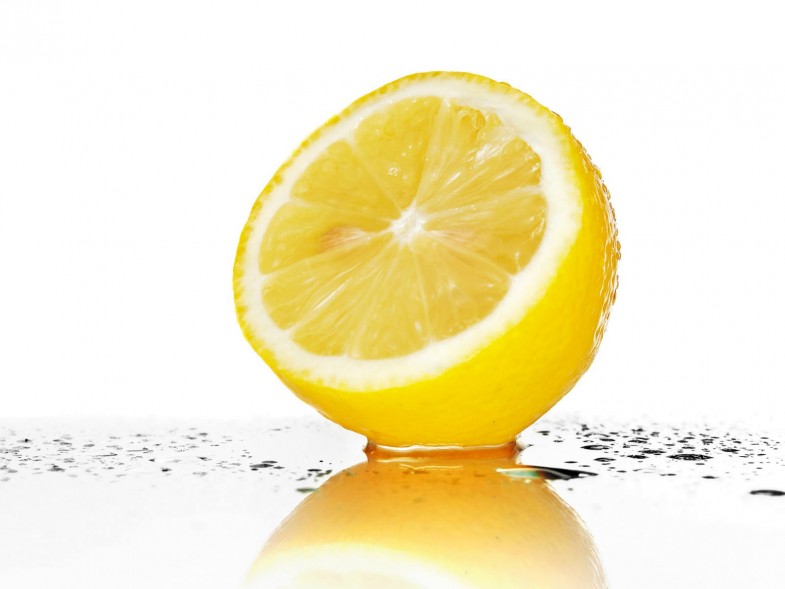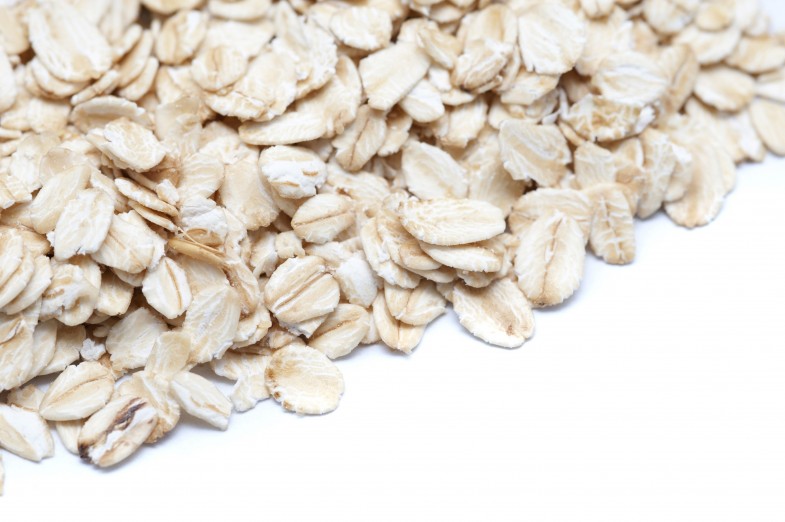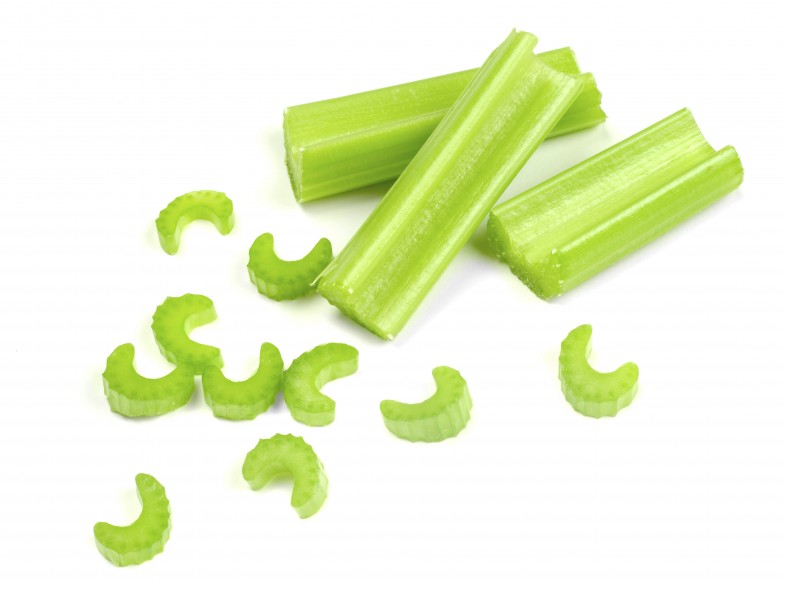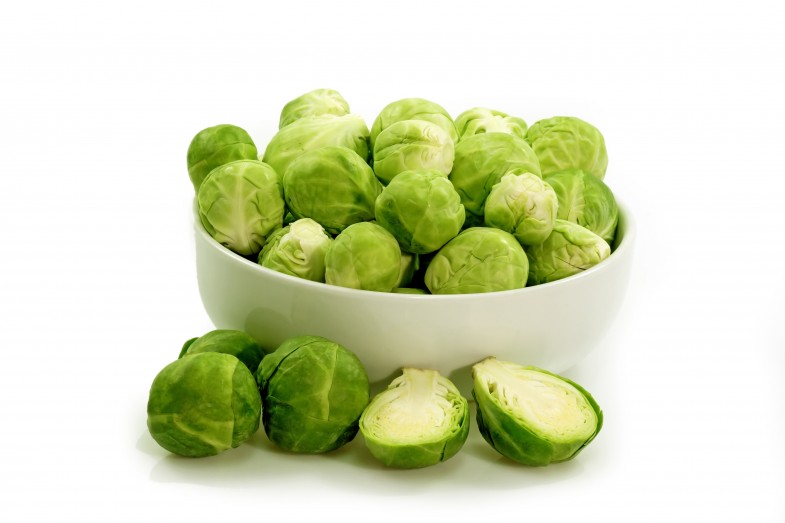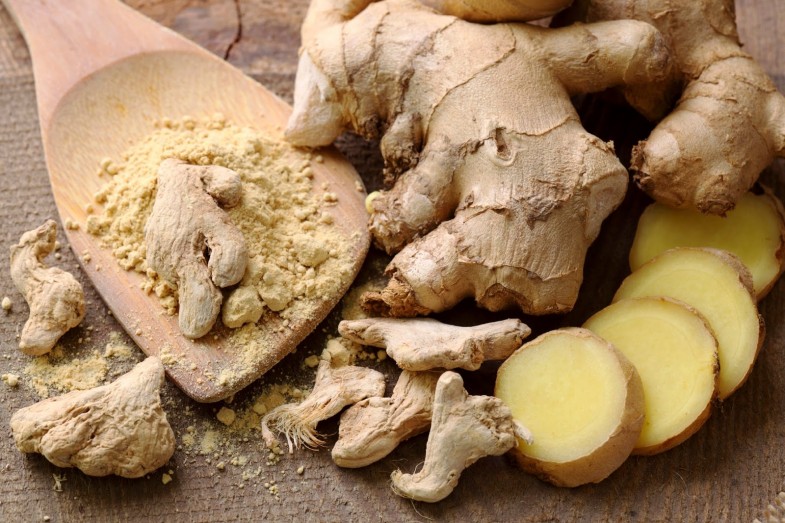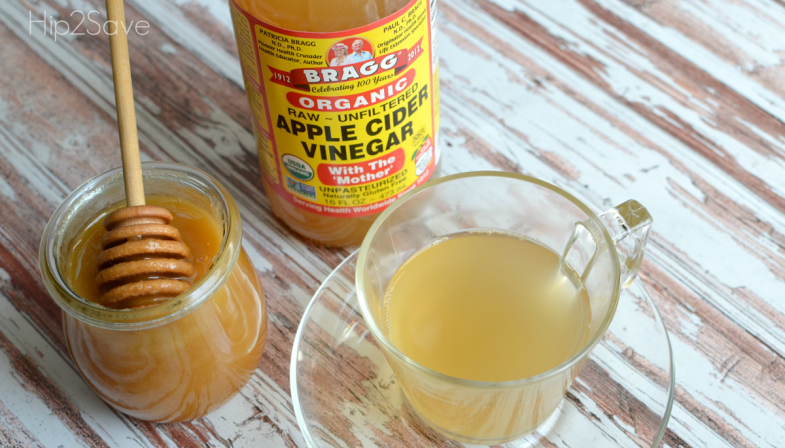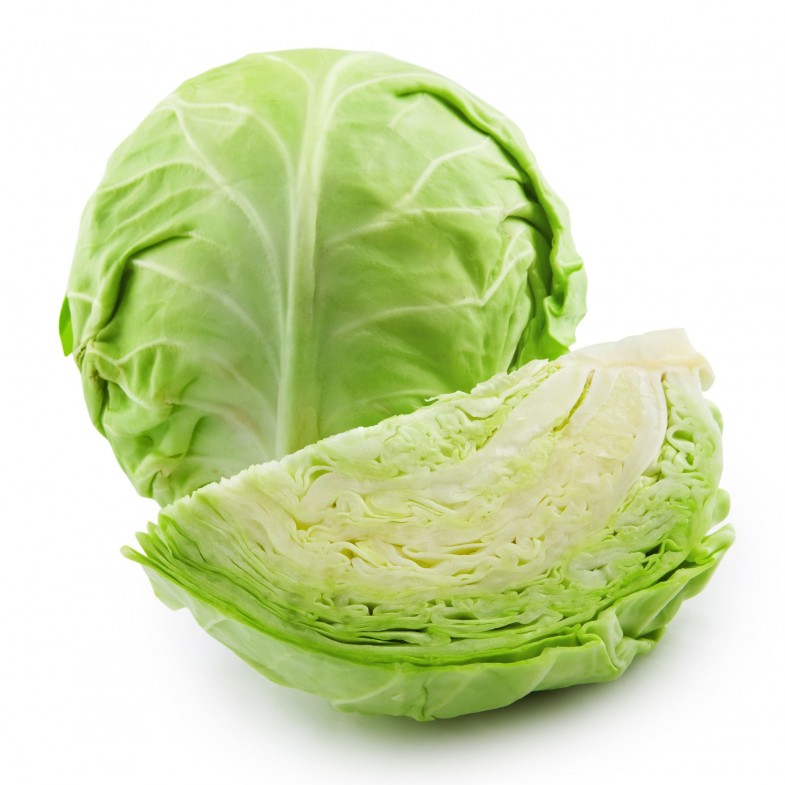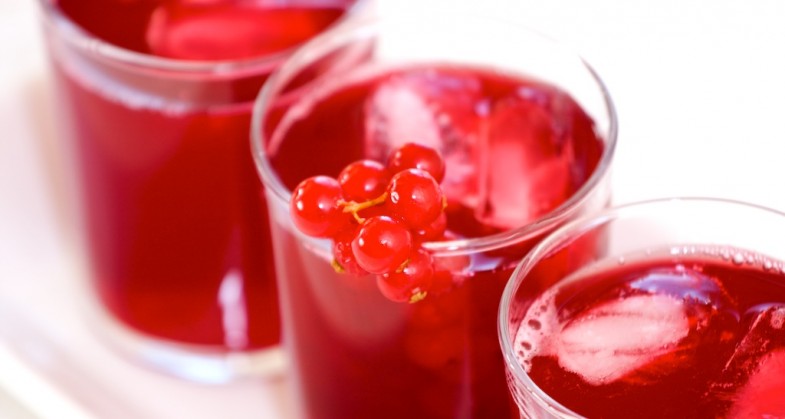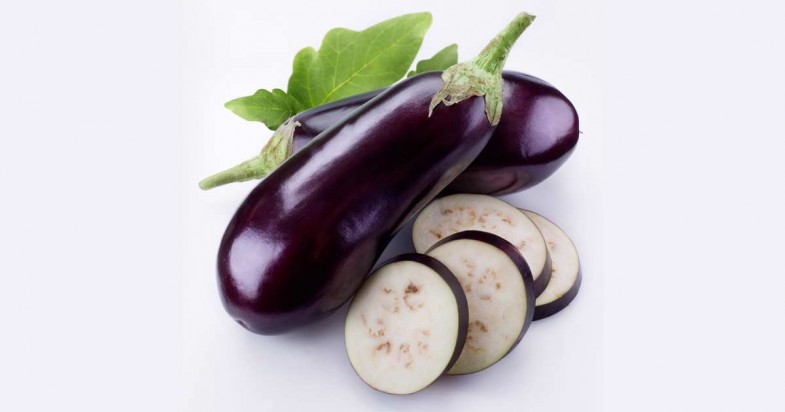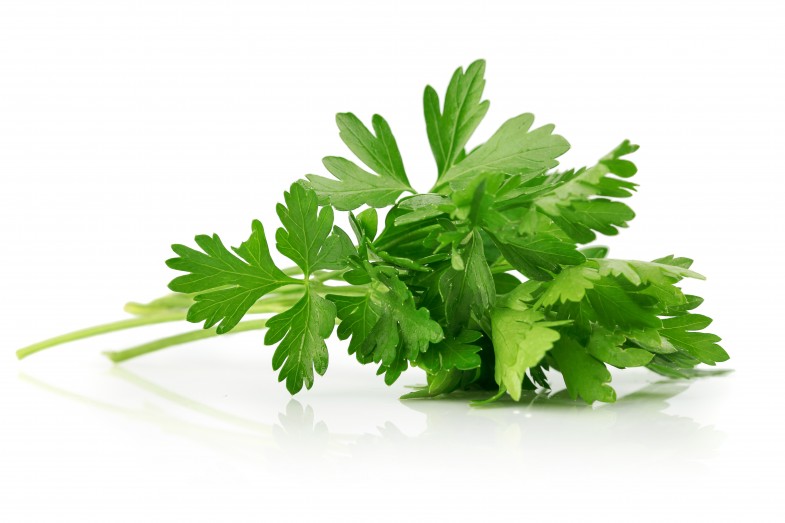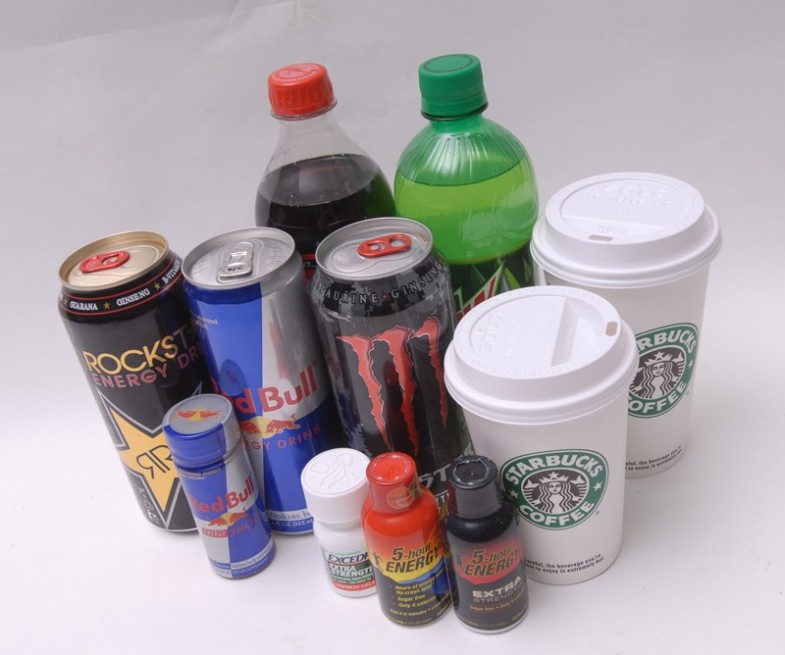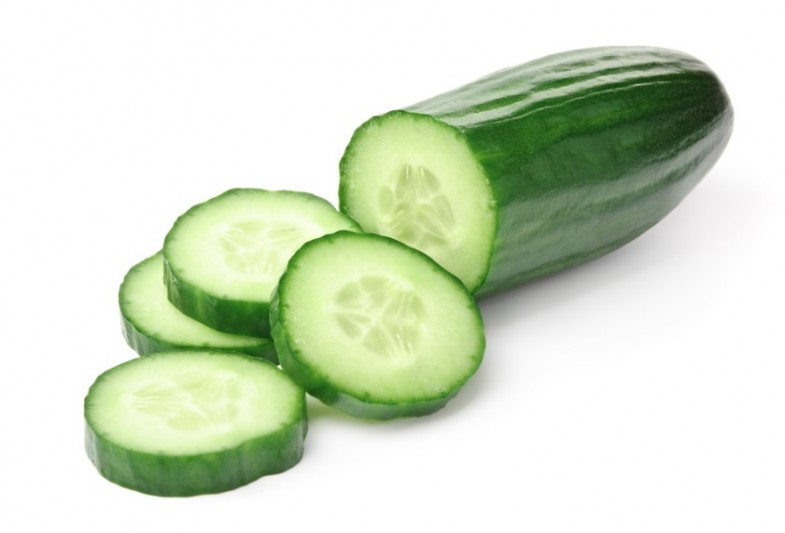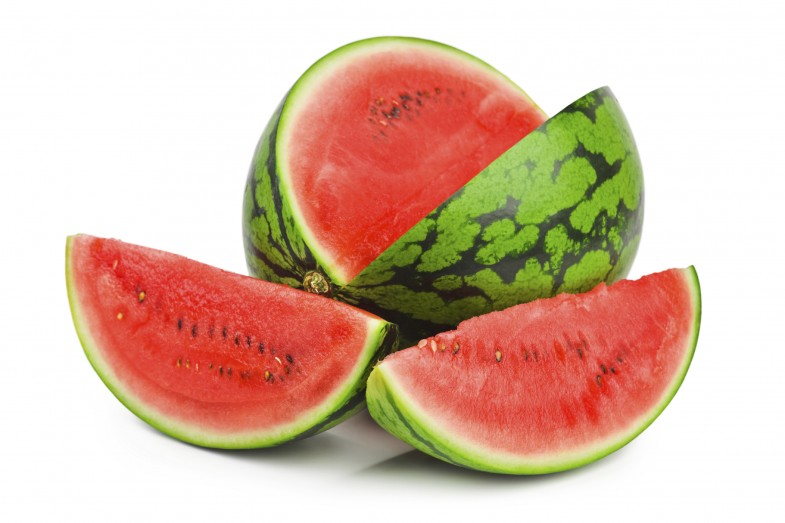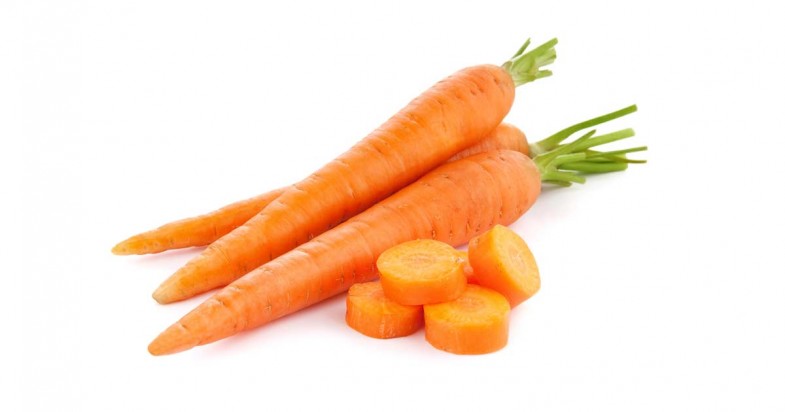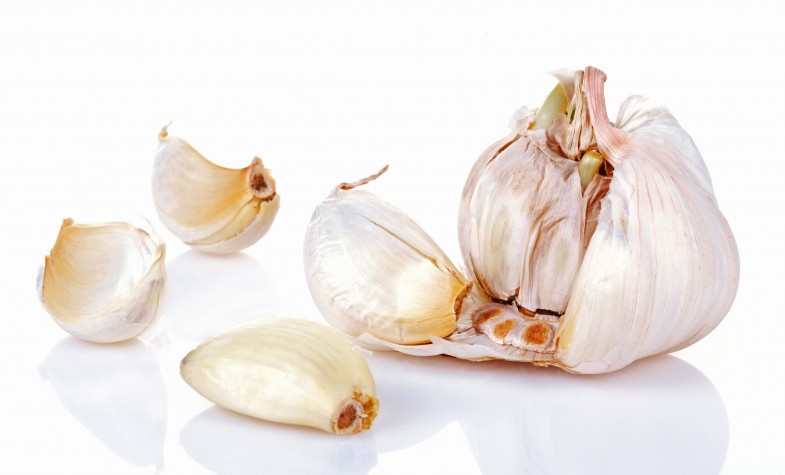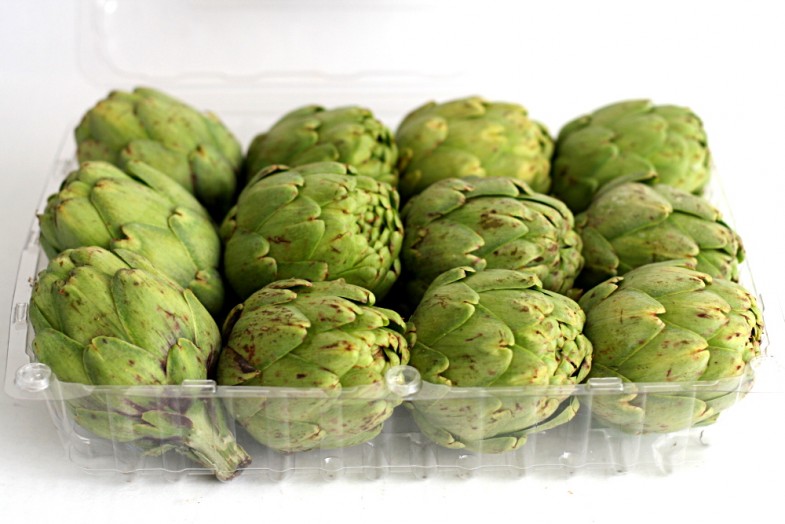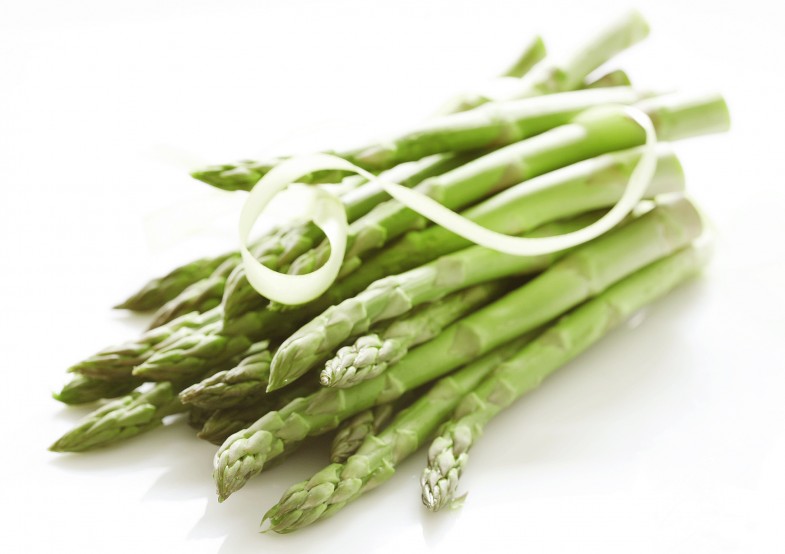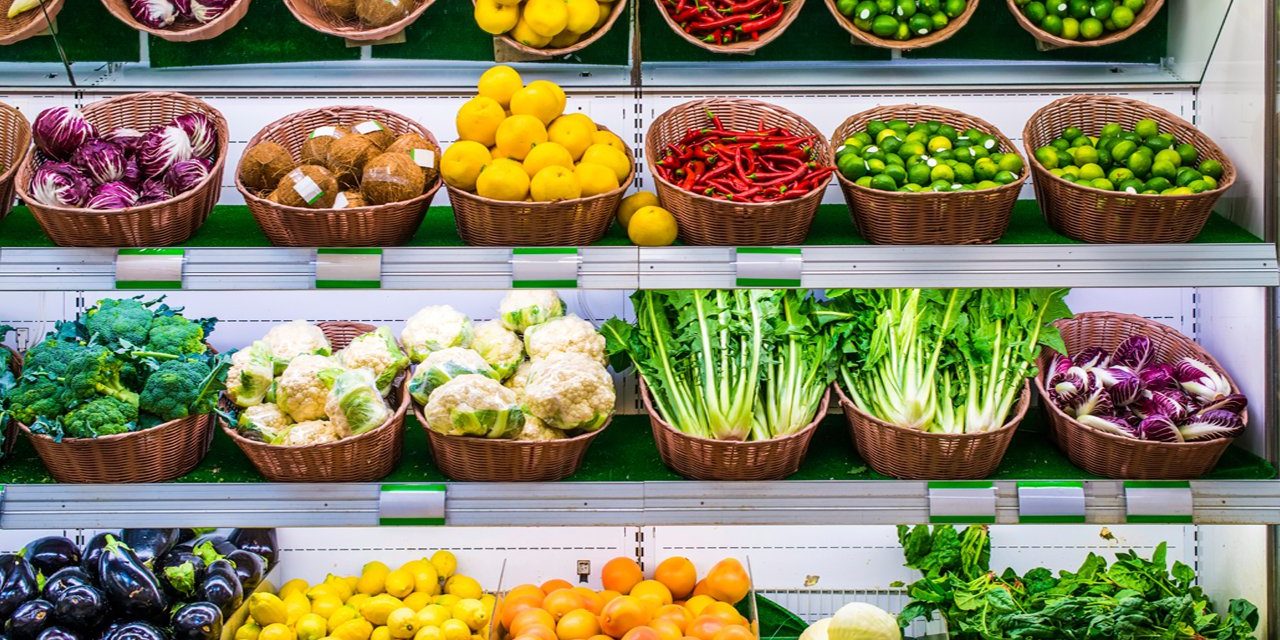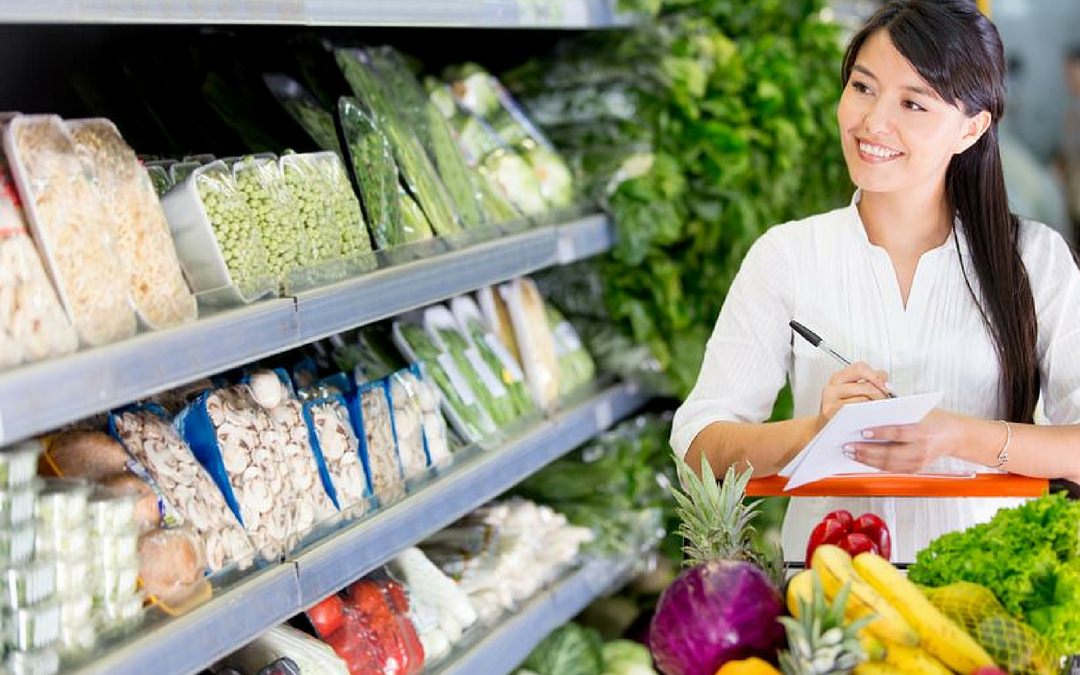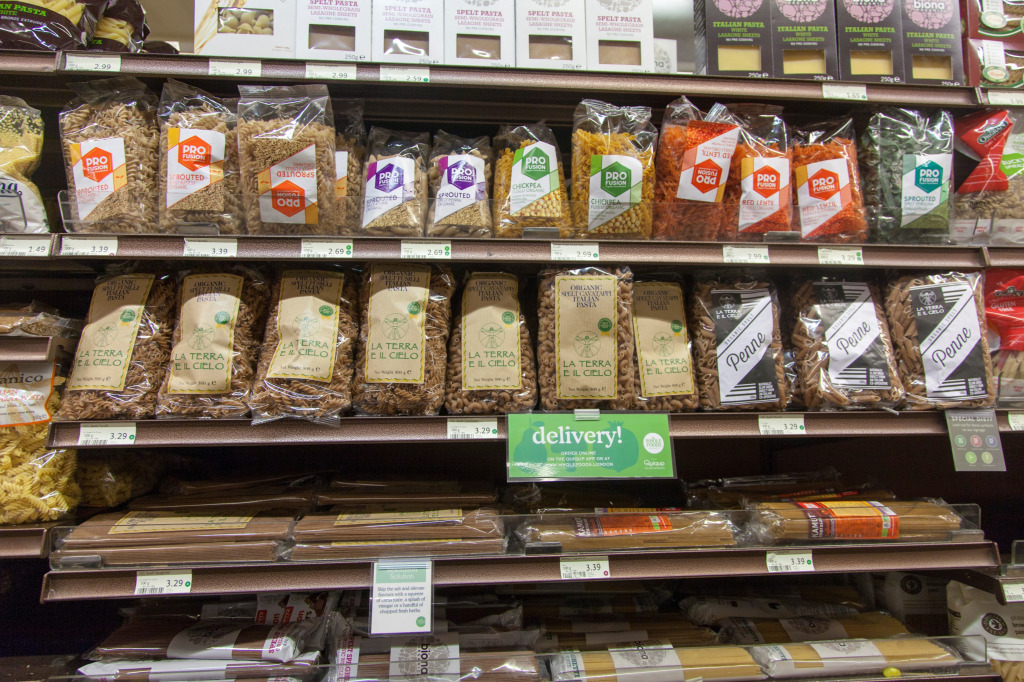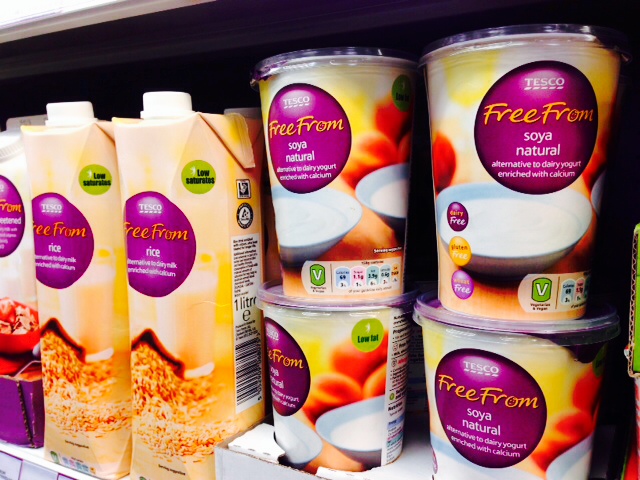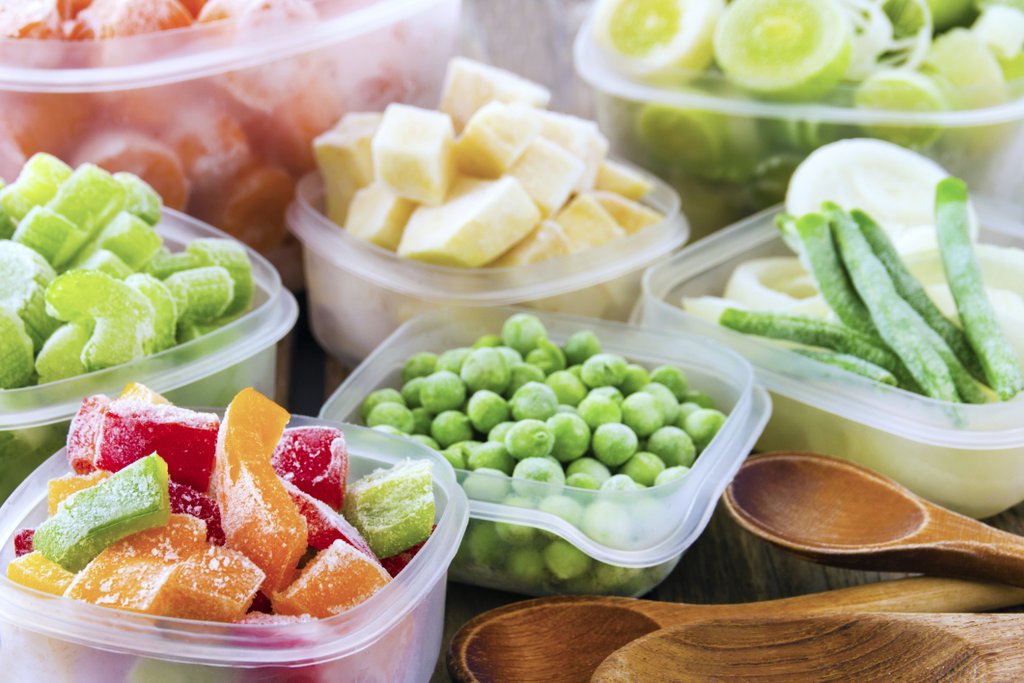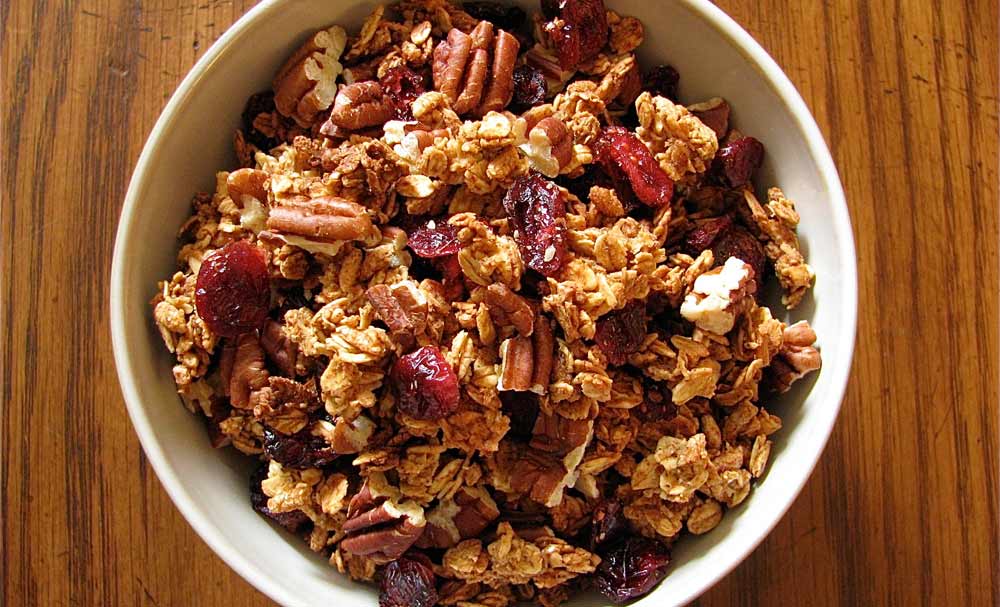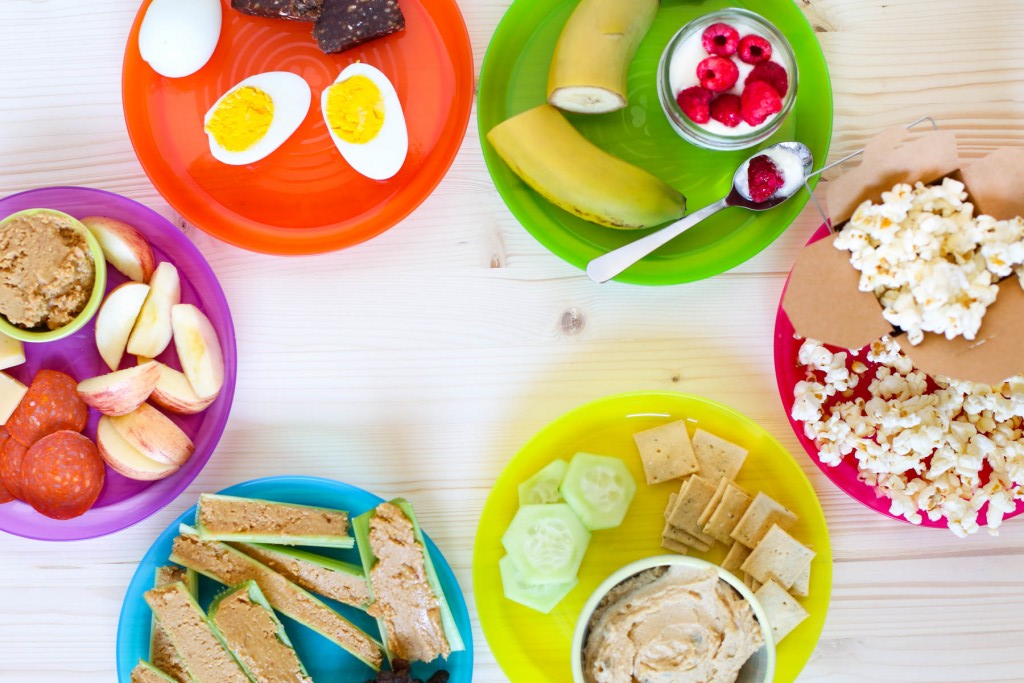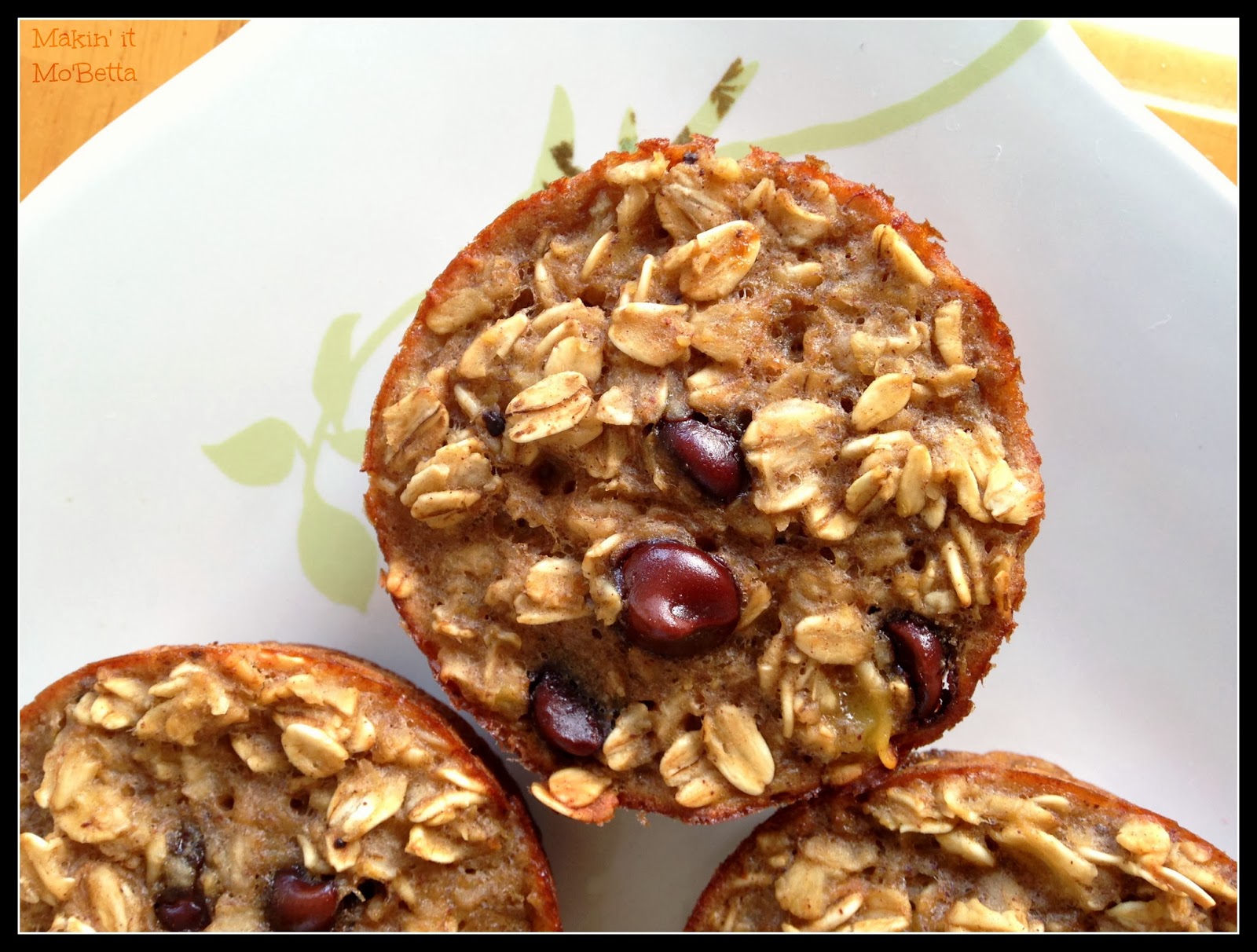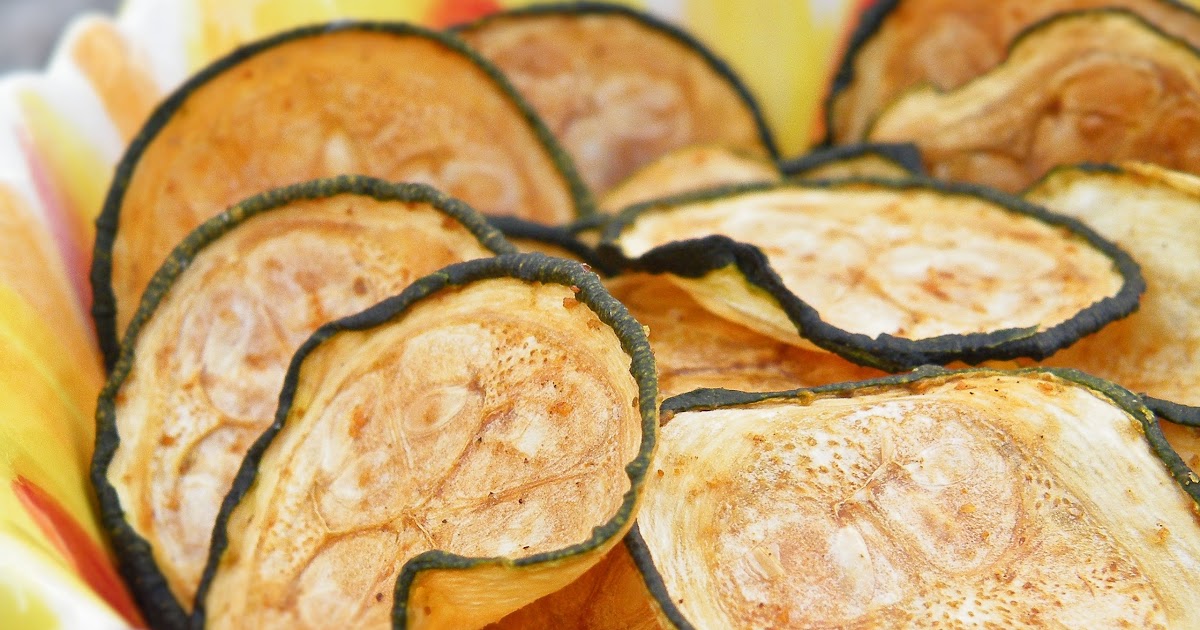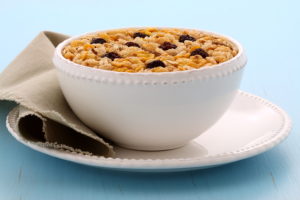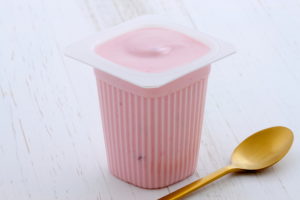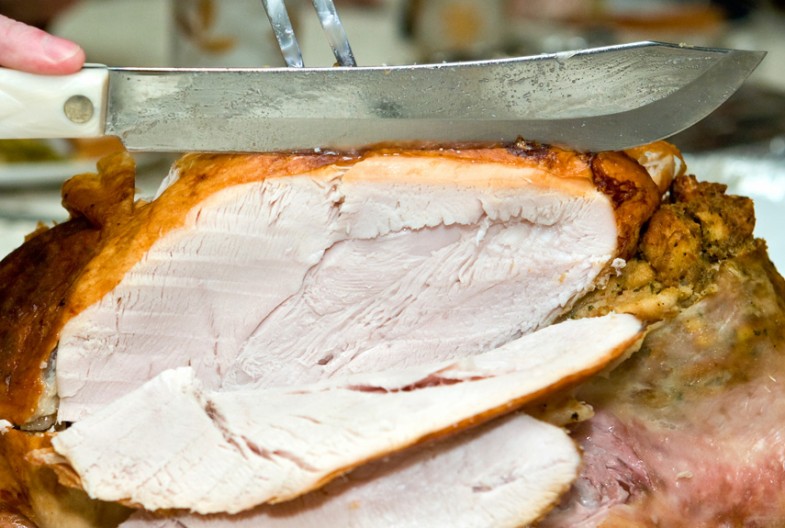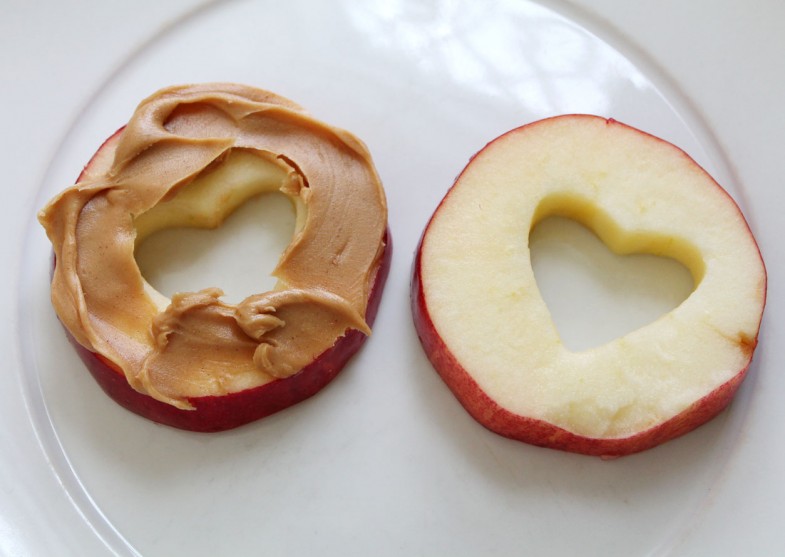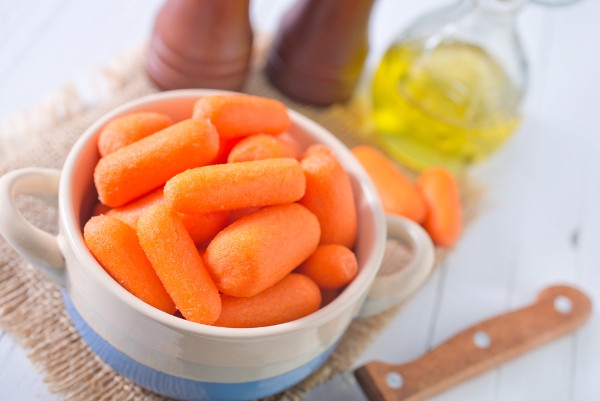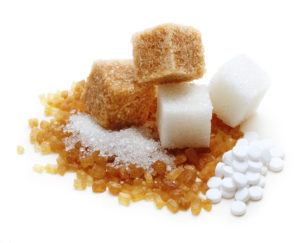Imagine this. You are sitting down for an awesome family feast. The best china, silk cloth, crystal glasses – it is all there. Yes, there is fresh apple-cinnamon-ginger juice in the glasses. There are baked, steam-cooked and sautéed veggies all over the table. Suddenly, someone grabs the salt and yells out, “Why is your salt pink?”
Be nice and explain to everyone that it is Himalayan salt, and that it is super-healthy.
Origin
The Himalayan mountain range goes across Asia, and passes through China, Nepal, Myanmar, Pakistan, Bhutan, Afghanistan, and India. People usually associate the Himalayans with Mount Everest, or the highest peak on the planet, but there is something even more exclusive about it – the Himalayan salt.
Hundreds of millions years ago crystallized sea salt beds were covered with lava. Today, they lie deep in the Himalayans.
The salt was not only preserved in a pristine environment surrounded with snow and ice, but the lava also protected it from pollution. This is why Himalayan Pink Salt is considered to be the purest salt out there. Today it is hand-mined from the mountains and later sold on the market.
Why is it pink?
Its pink color indicates that Himalayan salt is loaded with minerals and energy-rich iron.
Health Benefits
Same as the vitamins and minerals are packed with fruits and veggies, minerals found in this pink salt also work in synergy.
Synergy is an interaction of multiple elements in a certain system that produces an effect that is different from the other effects.
Iodine – Natural salts are loaded with iodine, and there is no need for it to be additionally added in.
Less sodium per serving – Himalayan salt has the same components as table salt, but as its crystals are larger than those of refined salt, this salt has less sodium per 1/4 t serving. This is because the sea salt flakes take up less room in a teaspoon when compared to the refined table salt.
Has 80+ minerals and elements
Himalayan salt consists of mineral packed crystals that are formed naturally within the earth, and they are made up of 85.62% sodium chloride and 14.38% trace minerals such as sulphate, magnesium, calcium, potassium, bicarbonate, bromide, borate, strontium, and fluoride (in descending order of quantity).
Thanks to its rich mineral content, Himalayan salt can:
- Balance electrolytes
- Hydrate
- Balance water content inside and outside cells
- Balance pH values and reduce acid reflux
- Relieve muscle cramps
- Boost metabolism
- Improve bone structure
- Decrease blood pressure
- Stimulate the absorption of nutrients
- Prevent goiters
- Stimulate circulation
- Dissolve and eliminate toxins
Health experts believe that Himalayan salt can increase libido, prevent premature aging, eliminate heavy metals from the body.
Himalayan vs. Sea salt
Although pink salt comes from the mountains, it is actually sea salt. Salt comes from salted water – an ocean or salt-water lake. But, remember, Himalayan salt is the purest kind of sea salt.
What makes table salt inferior?
Producers strip all the minerals of the commercial salt, besides sodium and chloride, but refined salt is also cleaned, bleached and exposed to extremely high temperatures.
Table salt contains anti-caking agents that prevent it from mixing with the water in the salt containers. Anti-caking agents also prevent the salt from dissolving in the human body, so the salt builds up in your organs and tissues, resulting in severe health conditions.
Producers also add synthetic iodine, and the body cannot digest it properly.
Additives make up 2% of table salt.
Himalayan salt – Uses
Cooking and curing – Always use pre-ground salt or grinders like any other kind of salt.
Salt Slabs – Slabs will impart a better taste and mineral content. Chilled: use fruits, sushi, veggies, or cheese as a decoration. Frozen: cold delicious desserts and sorbets. Heated: slabs can be used to sear veggies, shrimp, fish fillets, thinly sliced beef and you can even fry eggs. Dense salt blocks conduct heat amazingly.
What is even better, Himalayan salt is a natural anti-microbial product, and the clean up requires a simple scrub or rinse.
Decoration – Sprinkle salt in containers, use it as decor crystals or sprinkle it on your food.
Bathing – Enjoy a detoxifying Himalayan salt bath. Its nutrients will stimulate your circulation and soothe sore muscles. Himalayan salt contains 80+ nourishing and skin-friendly minerals, so this bath will provide a healing and amazingly therapeutic experience for both body and soul.
Potpourri Holders and Essential Oil Diffusers – On-line sites offer gorgeous home décor with pink salt as crystal rocks.
Air purification – You can also find crystal rock lamps on-line.
Hopefully, now none of your guests will be surprised of your salt’s color.
